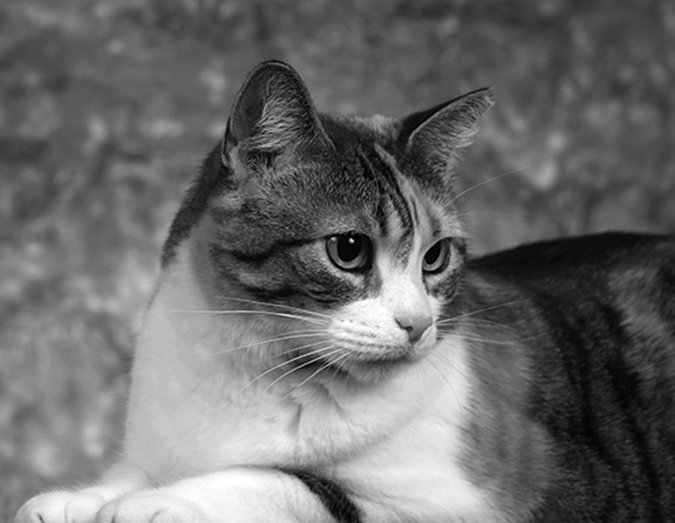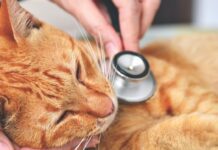Q: I have six adult cats and I am keeping them all separated from one another for fear of coronavirus infection and the development of feline infectious peritonitis (FIP). I have had multiple cats tested for coronavirus, and some are positive. Should I be keeping those who have tested positive isolated from the others, and how should I manage this group of cats?


A: First, thank you for all that you do on behalf of these kitties. It is wonderful that you have opened your home to them, and they are fortunate to have found such a loving mother. Perhaps a review of our understanding of FIP would be a good place to start in answering your question.
FIP arises by mutation of feline coronavirus (FeCoV), a commonly encountered virus that is normally very well tolerated by cats it infects. In most cases, a mild gastroenteritis may be seen, but there is otherwise no significant negative effect on a cat’s health after he has been infected. FeCoV is passed in the feces of infected cats and is passed from one cat to another by ingestion of fecal material from an infected cat.
This virus is highly prevalent in feline populations, with between 60 and 80 percent of cats showing evidence of infection, and infection rates as high as 90 percent in cats housed in high numbers and in close proximity, such as in shelters and multi-cat households.
FIP develops when FeCoV undergoes a mutation that alters the parts of a cat’s body that the virus attacks after infection. This mutation is believed to occur in approximately 5 percent of cats infected with FeCoV. Depending upon where the virus ends up (and upon a number of other factors), FIP can result in one of two general disease states. One, called the “wet form” of the disease, is characterized by the accumulation of fluid in the abdomen and/or chest cavity. In cats with the “dry form” of FIP, no evidence of fluid accumulation is seen. Rather, these cats most commonly develop neurologic and ocular (eye) problems. In both forms of FIP, affected cats usually develop a fever, lethargy, anorexia and weight loss.
Unfortunately, the prognosis for cats with FIP is grave, and there is no currently available therapy that has proven effective in curing cats with either form of the disease. There is also no easy way to definitively diagnose FIP without obtaining biopsies and/or fluid for special testing. The available tests cannot easily distinguish between the relatively benign FeCoV and the almost routinely fatal FIP form.
It is important to understand that the majority of cats who have been infected by FeCoV will never develop FIP. In your case, for example, it may be that all of your cats have been infected with FeCoV. In fact, this is likely if even one of them was initially infected. Currently available antemortem tests (those run before the death of a cat) cannot easily distinguish between the relatively benign FeCoV and the FIP form of the virus.
These facts form the basis for the recommendations not to routinely test the other cats in a household in which a cat has succumbed to FIP for coronavirus (they will almost certainly be positive, but the majority will never develop FIP) and not to isolate cats with FIP from their feline housemates. Again, by the time one cat develops FIP, is it likely that they have all been infected with coronavirus.
There are some things that you can do that may minimize the likelihood of FIP in your house. Since stress is believed to predispose to the development of FIP, minimizing stress by keeping the number of cats per room at three or less may impart some protection. Also, being fastidious about keeping litter boxes clean, having adequate numbers of litter boxes (the number of cats plus one) and making sure that food and water bowls are kept away from litter boxes may decrease the likelihood of FIP developing in multiple cat households.
I hope that this is helpful, and please visit the Cornell Feline Heath Center website for more information on FIP.
—Sincerely, Elizabeth



